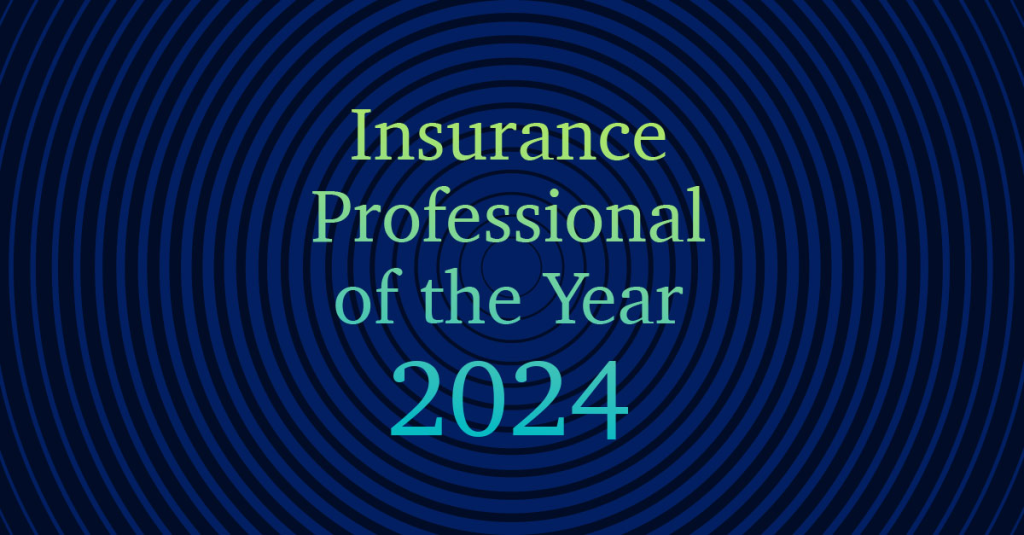Creating a digital workforce in insurance carriers, agencies, and more
At the forefront of insurance’s digital transformation is UiPath, a leading robotic process automation (RPA) vendor.
Sathya Sethuraman, Director of Global Insurance Practice at UiPath, recently spoke at ReSource Pro’s Virtual Boot Camp. We caught up with him to ask how RPA is changing the way the insurance industry does business and how it is impacting the workforce.
Q: How is the insurance industry currently approaching automation?
Today, the question among employers is not, “How do I use bots,” but, “How am I going to enable my human workforce to perform better and be more productive.” Employees want their employers to provide them with digital capabilities that can cut down working hours and make their jobs easier. And employers are looking to expand these capabilities, not just by enabling remote work through collaboration software, but using digital assistants to complement the jobs of people who come back to the office.
Q: What does the digital workforce look like?
The digital workforce comes in a few different forms. First, we have remote assistants. We sometimes call these “unattended.” They take care of large volume tasks, like batches, churn the data, and complete the task by themselves. Second, we have desktop assistants, also known as desk automation or attended bots. These can perform tasks on their own, but also transfer the task to a remote assistant or human. Then we have virtual assistants, where you can have a chatbot that communicates with other applications or remote assistants to complete tasks.
The fourth is very interesting. We are seeing many low-code platforms, or layers of applications that interact with customers but are still assistants. For example, today, claims and underwriting are coming together in such a way that claims managers are becoming more like risk managers. Those risk managers need to aggregate data from underwriting and claims platforms to underwrite effectively and, in the future, assess claims based on that customer’s risk portfolio. That’s where those low-code platforms, which pull data from multiple places and paint a dashboard, come in. And of course, they can also be layered on top of desktop assistants or remote assistants.
Q: How will automation impact the talent gap in insurance?
In the mature market, the U.S. and European market, much of the insurance workforce is retiring in the next 4-5 years. Many of those workers are performing core activities, such as underwriting and claims adjusting, so the younger workforce is now coming in and starting with those tasks.
“By giving workers digital assistants, you also make these roles more tech-focused and engaging.“
What automation will do is codify the administrative processes these roles perform, so that when the new workforce comes in, they can easily jumpstart these processes and stick with them. By giving workers digital assistants, you also make these roles more tech-focused and engaging. People are more likely to stay with an employer when the employer provides them an opportunity to learn more and redefine their tasks, and automation provides that opportunity.
Q: How and where will digital assistants work alongside humans?
In insurance, there are a lot of roles that require human decision-making, like underwriting and claims adjusting. For example, we often think of auto insurance as being a very commoditized market, where you can get a quote from a direct-to-consumer insurer and buy a policy. Most of the time, however, you end up on the phone with a contact center executive, who gives you more details or negotiates the price. Most customers go to a human to make a buying decision, so contact centers are a big opportunity to automate and cut down on the number of calls and minutes spent on calls, thereby improving customer service experience and efficiency.
“There are a lot of opportunities to automate across many different roles, but it’s a matter of finding out which ones and where they can automate.“
Claims adjusters are also huge users of automation, where you see people aggregating information from multiple sources for medical claims, third party claims, bodily injury claims, those sorts of complex claims. Sometimes, the adjuster has to utilize a fraud database or interact with a special investigation unit. Next, they have to come back and coordinate the entire claim process, then manage the subjugation and litigation processes. So there are a lot of opportunities to automate across many different roles, but it’s a matter of finding out which ones and where they can automate.
Q: Do you foresee hyperautomation becoming the norm in the insurance industry? What hurdles are there?
Hyperautomation is a very interesting concept. It means automating across the enterprise, which you can do from the top-down or bottom up.
With top down, you take any end-to-end process and start automating one step at a time, so for example, first notice of loss to subjugation or litigation. In bottom up, even if you do the end-to-end automation, there are a lot of microtasks that employees have, where they are spending 3-5 minutes at a time. Three minutes spanning across 50 or even 500 employees is a lot of time. And for every three-minute task they do, they spend four minutes switching between tasks.
So, there are a lot of unutilized, unproductive gaps that happen between those tasks, and automating those microtasks from the bottom up is something enterprises are baking into hyperautomation.
“Automating your automation: deploying tools or capabilities that help identify automation opportunities.“
Then, there is an interesting third dimension: automating your automation. This means you actually deploy tools or capabilities that help identify automation opportunities both top-down, like process mining, or bottom up, like task mining, to identify those sweet spots. This is becoming a norm in the industry. If insurers look at this holistically, then attach people to the center, now you are looking at a digital workforce enabled by a hyperautomation platform.
What is the hurdle? It has nothing to do with the platform; these capabilities already exist today. What is missing is applying that mindset of automation in a broad-based sense and asking, “How do I leverage a hyperautomation platform?” On top of that, many people think of automation as pureplay robots rather than a capability to help support the workforce. That gap of understanding is the hurdle.
Q: Cyber risks have become a greater concern with this year’s increase in remote operations. Does this problem also extend to bots?
Cyber risk is a problem that impacts every digital technology. RPA, cloud, AI, machine learning, and blockchain are all heavily code and internet dependent, which does put you at the center of cyber risk.
How are we dealing with it? Number one, by giving control to human beings, who are always monitoring what’s happening. Whether it’s an AI, cloud, machine learning system, or bot, you always have your metrics, analyst, and alert mechanisms.
The second way is stringent certification processes, encryption, and SOC compliance. That security compliance combined with creating the right mindset and infrastructure, managing those processes, and putting governance on top of it are very important to managing cyber security risks. Fortunately, many leading AI, machine learning, cloud, and automation platforms are working meticulously to manage those cyber risks so that customers just need to put governance on top of it.
Read more about automation:
Prepare Your Workforce for Automation
Best Practices for Developing an Automation Mindset Across an Organization
Insurtech 101: Pros and Cons of In-House and Off-The-Shelf OCR
Looking to leverage a digital workforce in your insurance organization? ReSource Pro has experts trained in both insurance workflows and automation tools such as UiPath. Start a conversation today.



